Are Business School Neighborhoods Becoming More Gentrified?
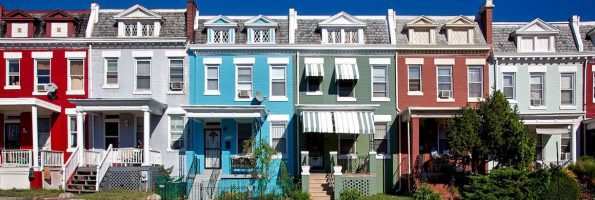
When universities are found in downtown urban areas, gentrification most often follows. It almost seems inevitable since universities bring in more individuals with higher education, draw in more money, and increase new businesses. But what does the rapid increase of gentrification statistics mean for the business school students looking to start their career in a new area?
What Is Gentrification?
First, we need to look at what gentrification is. In simple terms, it’s the influx of more affluent residents moving into urbanized neighborhoods. At the outset, it may sound good, but it can be controversial.
Gentrification may improve the financial quality of a neighborhood, but it can also force the relocation of current residents and businesses due to increasing costs. Often, the process of gentrification also shifts a neighborhood’s racial and ethnic composition, as well as the average household income. This can lead to community displacement for lower-income families in gentrified areas, some of which often live in the area for several generations.
However, there is a grey area. Gentrification happens when a location becomes increasingly attractive. At that point, more high-income individuals move into the area bringing in investments in the community and leading to improved infrastructure and economic development.
What Causes Gentrification?
According to a recent comprehensive review of gentrification completed by researchers at UC Berkeley and UCLA, gentrification most often occurs when more public transportation is available. People are more attracted to transit hubs because they allow more privileged groups to trade car commutes for transit and signal a large-scale commitment to neighborhood upgrading, which, in turn, leads to increased employment opportunities.
Another spur to gentrification is education. Quality schools, universities, colleges, and medical centers tend to shape gentrification. The substantial federal support that public universities receive brings money into neighborhoods through many means including housing and housing subsidies for faculty and staff. A CityLab study revealed that universities and other academic institutions are key to attracting the creative class, creating more market demand and political pressure for better amenities, schools, and other services.
Analyzing University Neighborhood Gentrification Statistics
Since universities have such an impact on gentrification, we thought we’d take a look at what areas and schools have been most affected. While gentrification is not something most urban areas should aspire for, it happens, and it’s important to know where it’s occurring the most.
To find out, we looked at a recent study by RentCafe of the most gentrified areas in the U.S. The study took a look at the 2000 Census and the 2016 American Community Survey to see the changes that took place over a decade and a half across 1,000 U.S. ZIP codes. The study found that there are easy ways to quantify gentrification statistics when looking at median home value, median household income, and the population that holds a bachelor’s or higher degree.
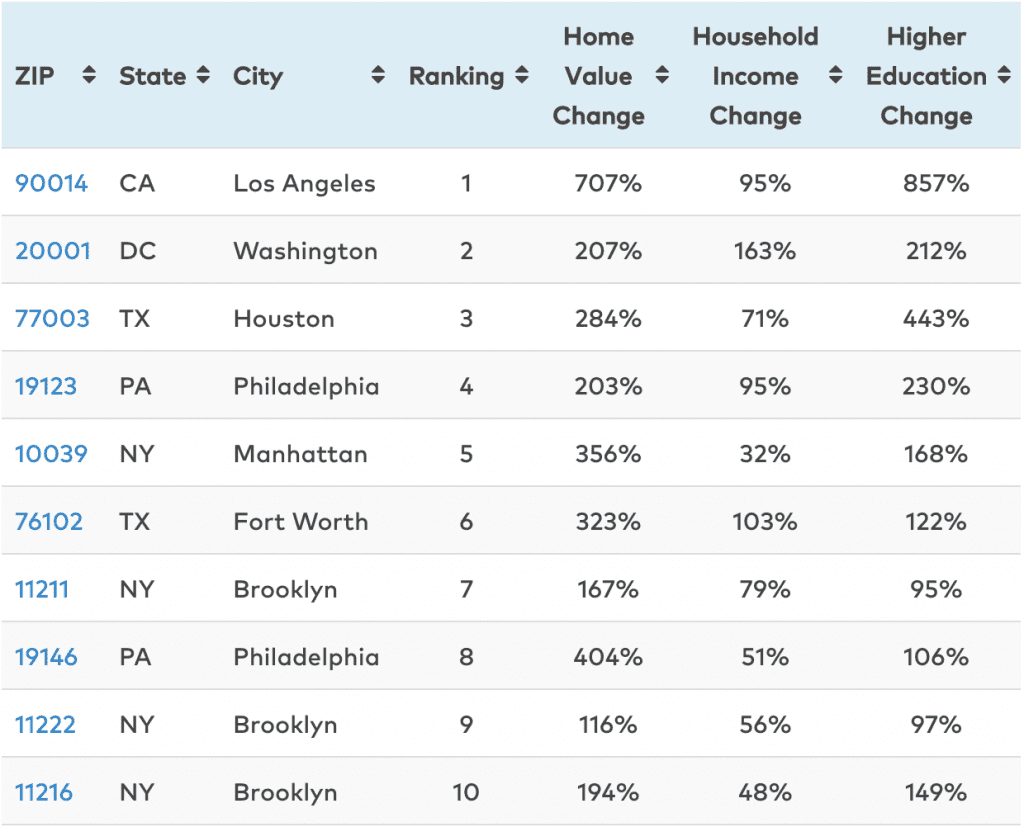
Based on the results of the study, we analyzed the top five MetroMBA universities in gentrified areas.
-
University of Southern California
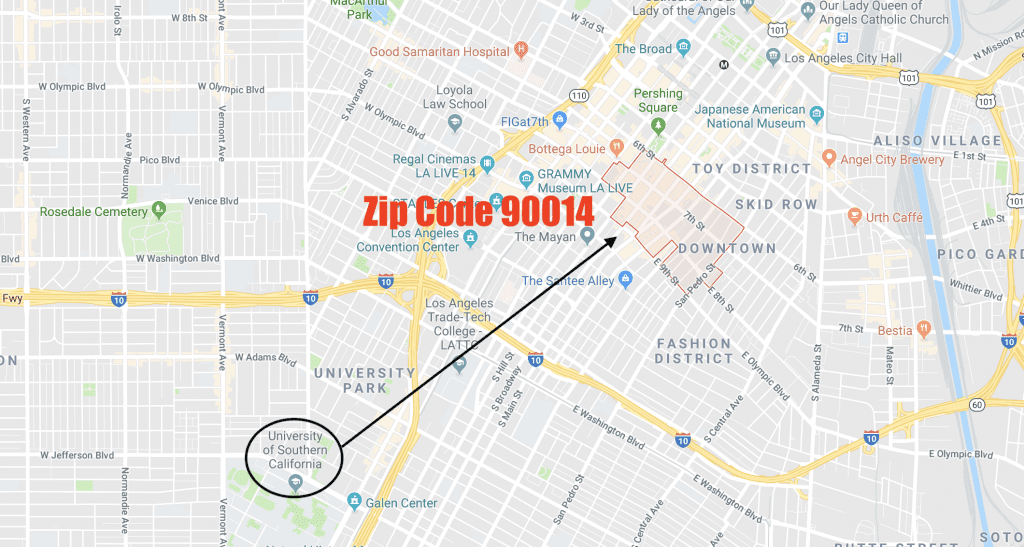
Located less than five miles away from ZIP code 90014 in Los Angeles, USC Marshall is just on the edge of the most gentrified area in the U.S. Over the last 16 years, this area has witnessed:
- A 707 percent increase in home values
- A 95 percent increase in median household income
- And an 857 percent increase in people holding bachelors or higher degrees
So, while some at USC might be fighting gentrification, it may not be working. Just last year, USC opened up a brand-new $700 million USC Village with a Target Express, Trader Joe’s, and 15 restaurants, transforming the surrounding neighborhood. And even though as part of the development USC provided $20 million for construction of off-site subsidized housing, there are still concerns.
“Across the street, land values are going to increase,” Joe Donlin, Associate Director of Strategic Actions for a Just Economy, told KPCC. “We know the landlords are going to rent at higher levels of rent.”
-
Howard University
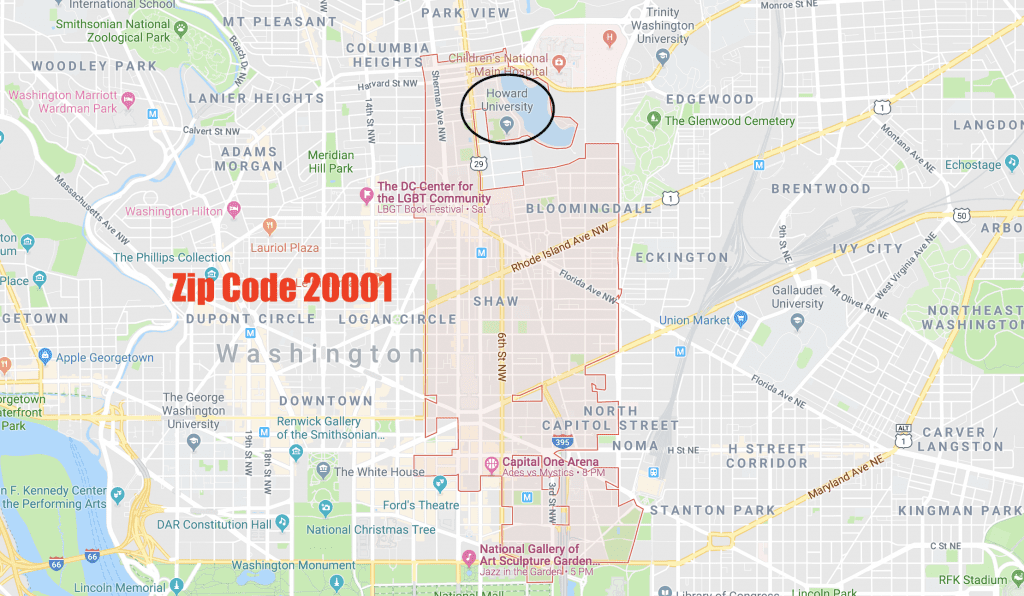
Located in Washington, D.C. Zip Code 20001, Howard University’s campus is located directly in the second most gentrified area in the U.S. Over 16 years, the area has witnessed:
- A 207 percent increase in home values
- A 163 percent increase in median household income
- And a 212 percent increase in people holding bachelors or higher degrees
The gentrification statistics of the Howard University area hasn’t gone unnoticed. According to NPR, there has been a drastic change:
“The area, located just a couple of miles north of Capitol Hill, was once working-class and black. But as hundreds of new residents move to D.C. each month, more non-black residents move into Howard’s neighborhood. And as property values rise, the university is trying to capitalize on the hot real estate market.”
-
University of Houston — Downtown
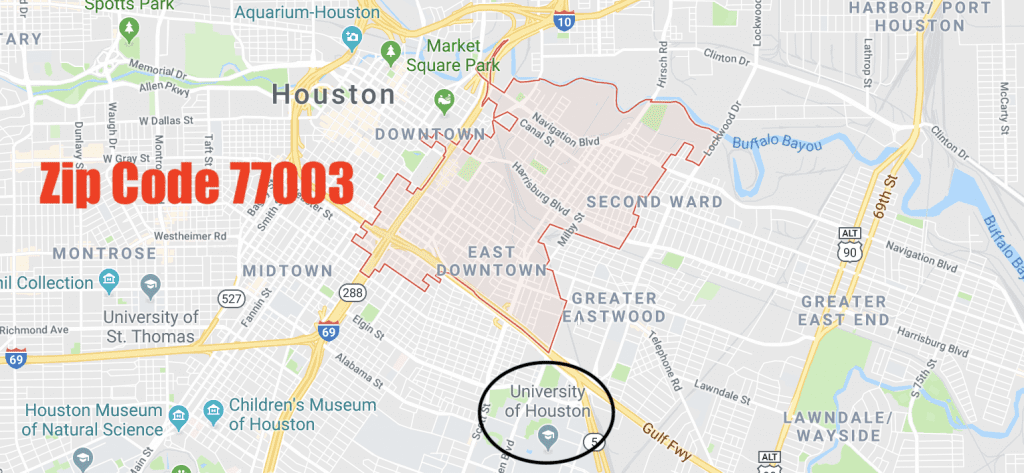
Located just steps away from zip code 77003, The University of Houston campus is located near the third most gentrified area in the U.S. In the last decade and a half, the area has seen:
- A 284 percent increase in home values
- A 71 percent increase in median household income
- And a 443 percent increase in people holding bachelors or higher degrees
Much of the gentrification can be laid at the university’s feet as its student housing footprint has expanded into surrounding neighborhoods over the last decades. According to the Houston Chronicle, “In the portion of the neighborhood closest to downtown, which includes Emancipation Park, median home values increased 176 percent between 2000 and 2013, according to an analysis of census estimates conducted by Governing.”
-
University of Pennsylvania
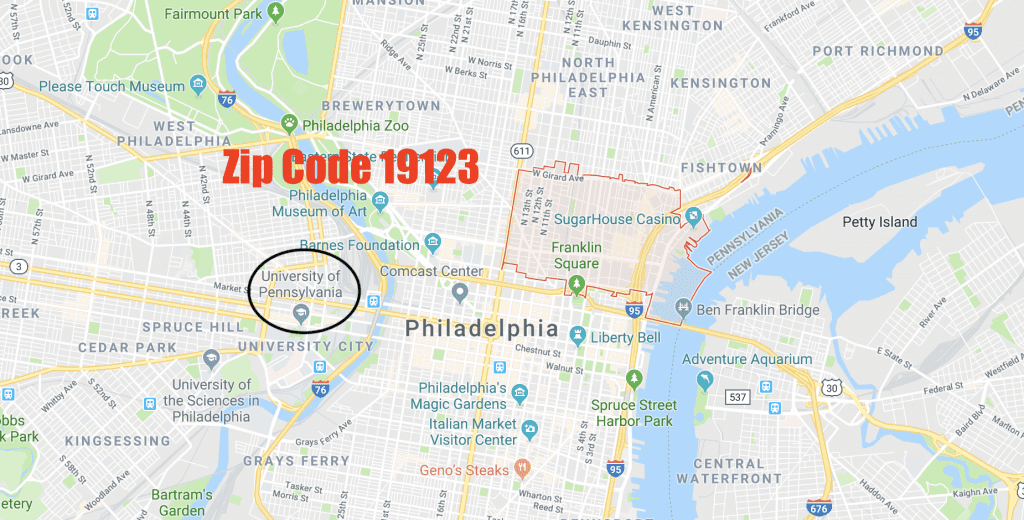
The Wharton School at UPenn is less than five miles outside the fourth most gentrified neighborhood in the country: zip code 19123. This area, over the last 16 years, has noticed:
- A 203 percent increase in home values
- A 95 percent increase in median household income
- And a 230 percent increase in people holding bachelors or higher degrees.
In fact, UPenn has had a complicated history with gentrification over the years, dubbed Penntrification by some. The problem, according to The Daily Pennsylvania, is that in West Philadelphia Penn students’ demand for housing is displacing low-income families. There have even been protests criticizing the university for causing gentrification in the area.
-
Texas Christian University
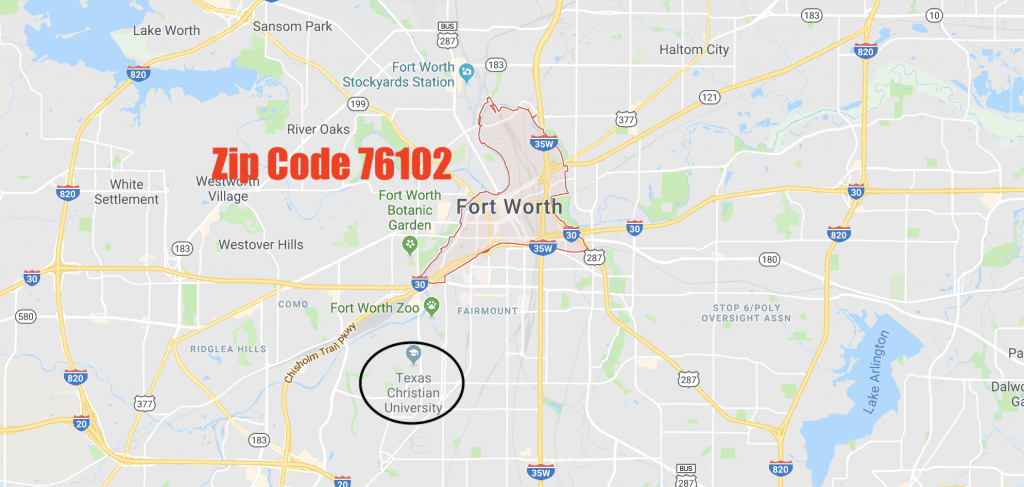
Fort Worth, TX, contains the sixth most gentrified area in the U.S.; just two miles away from Texas Christian University (TCU). Over 16 years, the area has witnessed:
- A 323 percent increase in home values
- A 103 percent increase in median household income
- And a 122 percent increase in people holding bachelors or higher degrees
While Fort Worth’s growth has brought new life to the city’s urban core, it’s also sky-rocketed property values. In particular, the areas around TCU are growing quickly. The university recently completed a $100 million renovation for its football stadium—just five years after its last overhaul, which reportedly cost $164 million.
BC Talks About the Wealth Divide, and More – Boston News

Let’s explore some of the most interesting stories that have emerged from Boston business schools this week.
The Wealth Divide – Boston College Magazine
With the wealth gap in the United States wider than at any point since the Great Depression, the discussion about income inequality has been hitting closer and closer to home for many. The ever-reaching effects of inequality can start right at the beginning of someone’s life, according to research from Boston College Carroll School of Management assistant professor Sean Martin.
Martin’s 2016 research in The Academy of Management Journal explores the link between social class and leadership. Entitled “Echoes of Our Upbringing,” Martin and his coauthors, University of Toronto’s Stéphane Côté and West Point’s Todd Woodruff, uncovered “connections between how much money leaders grew up with, their narcissism, and negative reviews from their subordinates” among 299 recent West Point graduates,” according to Boston College Magazine.
“To the extent that people grow up wealthy, they’re more likely to exhibit narcissistic tendencies, and narcissistic tendencies lead people to engage in fewer leadership behaviors that we would consider prototypical and more effective. And as a result, their performance suffers.”
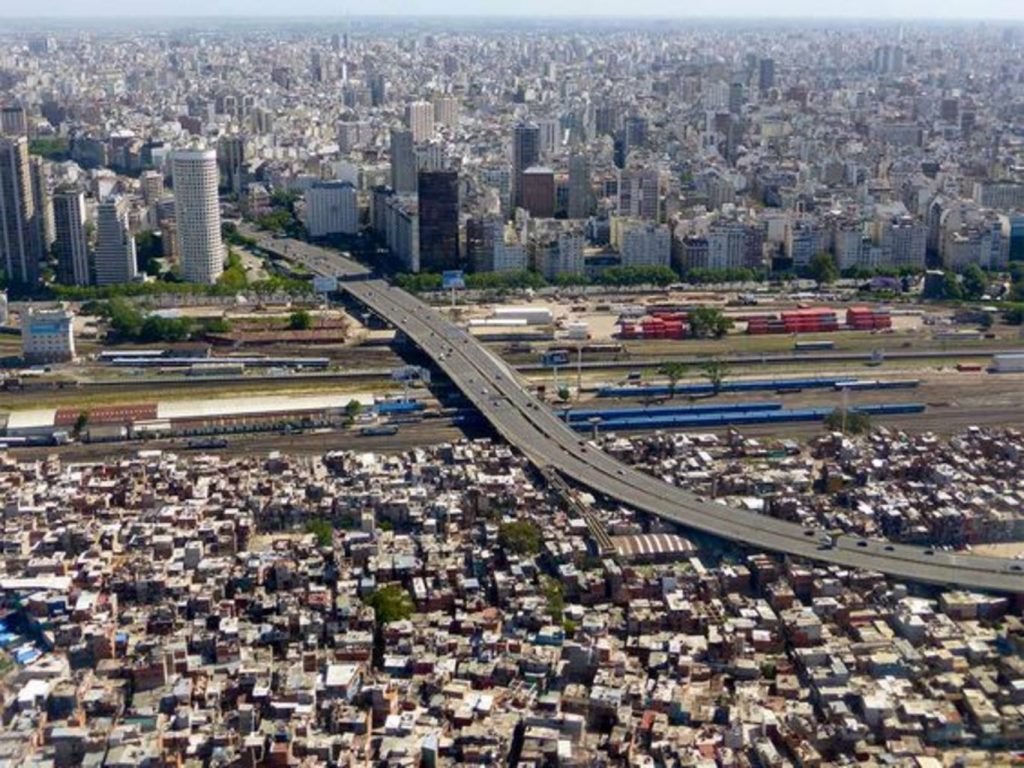
“My own understanding is that we’re kind of in some real trouble here.” – Carroll Assistant Professor Sean Martin on the current state of income inequality.
You can read more about the study and Martin’s experience from living in his car, to earning his Ph.D. at Cornell here.
What Opening a Nonprofit Grocery Taught the Former President of Trader Joe’s – MIT Sloan Newsroom
As part of MIT’s recent Sustainability Summit, Trader Joe’s president Doug Rauch discussed how his new venture, Daily Table, attempts to tackle “food insecurity” and still keep prices low by sourcing “its food from farmers, factories, and supermarkets, through donations of excess food, ‘imperfect’ food, and reduced purchase prices.” Rauch shared some of the lessons he gleaned after receiving community feedback on his new enterprise:
“I’m told over and over again, how good they feel: I’m providing this for my family. I can now finally come in, buy the foods I’m supposed to be eating, I feel good about what we’re feeding our families. It is so fundamental to the human need we all have, which is for respect for dignity.”
Learn more about Rauch’s plans for Daily Table here.
Those Taxing New Tax Laws – Sawyer Business School Blog
The Suffolk University Sawyer Business School recently published an interview with professor of taxation Michaele Morrow, Ph.D., CPA, who offered a nuanced analysis of the changes people can expect as a result of the recent tax reforms. She writes:
“Congress is only focused on short-term effects. In fact, the tax cuts for individuals are scheduled to expire in seven years, so this isn’t true reform. First, Congress limited the dollar amount of state and local taxes that can be deducted to $10,000. At the same time, Congress increased the standard deduction to $12,000 for a single person and $24,000 for a married couple. Essentially, this means that fewer people will have expenses that exceed those standard deduction amounts, so many more will itemize.”
You can read more about Morrow’s take on the new U.S. tax reforms here.
